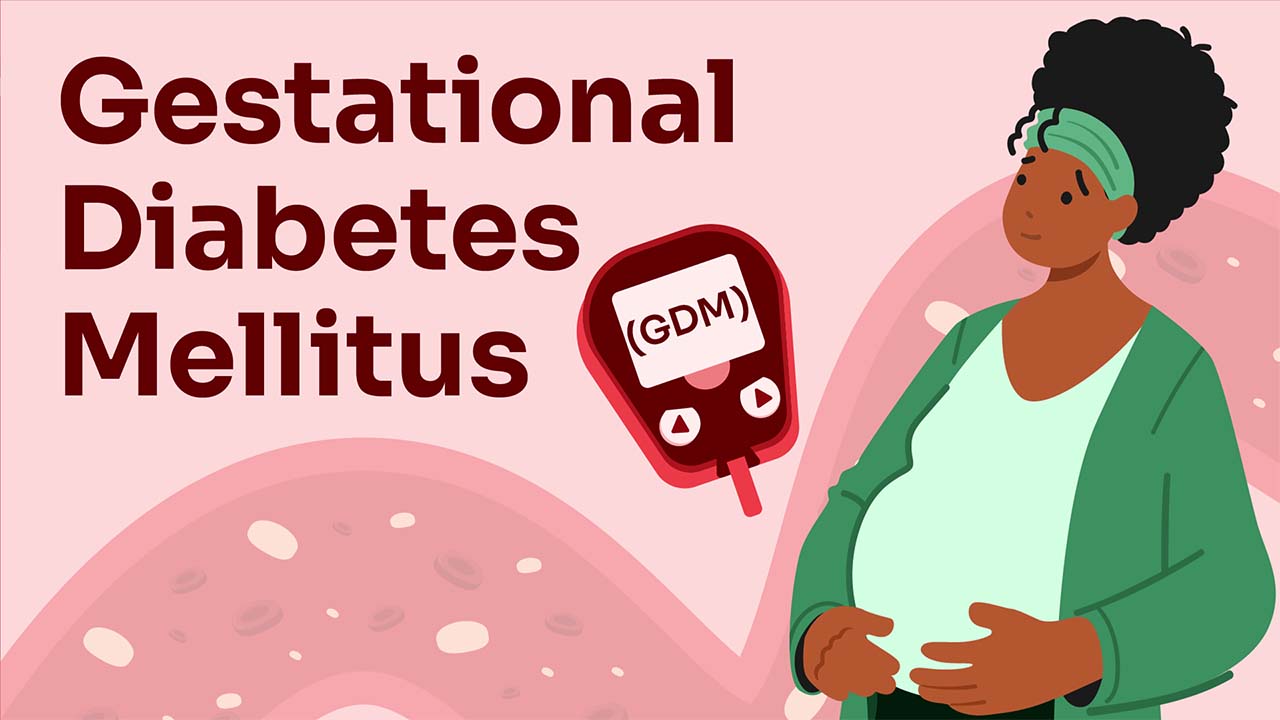Gestational Diabetes Mellitus

Gestational diabetes mellitus (GDM) continues to be a prevalent condition amongst pregnant women in Australia. While often temporary, it can pose a significant risk for complications and requires diligent management in order to ensure optimal outcomes for both the mother and child. Are you confident in your ability to recognise risk factors and support your patients to effectively manage gestational diabetes?
This Ausmed Course equips healthcare professionals with the practical knowledge and confidence to detect, manage and educate patients with gestational diabetes according to current evidence-based guidelines and care recommendations.
Content
What you'll learn:
Understand the definition and pathophysiology of gestational diabetes mellitus.
Identify risk factors, diagnosis criteria and impact of gestational diabetes mellitus in pregnancy.
Manage the care of patients with gestational diabetes mellitus according to best-practice recommendations.
Explain the possible long-term effects of gestational diabetes mellitus on both the mother and the baby.
Provide holistic patient-centred education and support to patients that is tailored to their preferences, beliefs and values.
Who it's for:
Why it's needed:
In 2021-2022, approximately one in six pregnant women in Australia developed gestational diabetes. Although manageable, gestational diabetes can lead to a risk of developing other health problems such as hypertension, foetal macrosomia or the baby experiencing hypoglycaemia at birth.
Effective management of gestational diabetes mellitus is essential to lowering these risks and ensuring the health and safety of both mother and baby.
Therefore, education covering the best-practice management of patients at risk of or experiencing GDM would improve the practice of healthcare professionals and likely benefit patients through improved early detection and reduced associated risks, which ultimately would contribute to better health outcomes for both mothers and their babies.
Purpose:
Topics
Assign mandatory training and keep all your records in-one-place.
Find out more
Recommended resources









 Free
Free